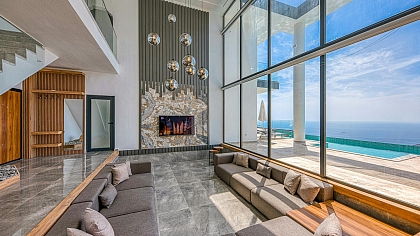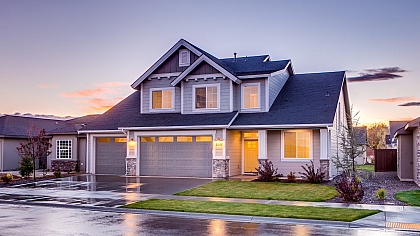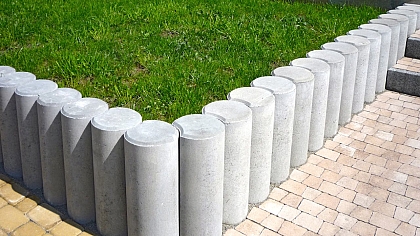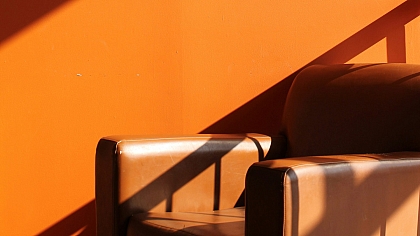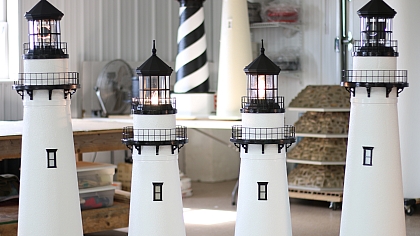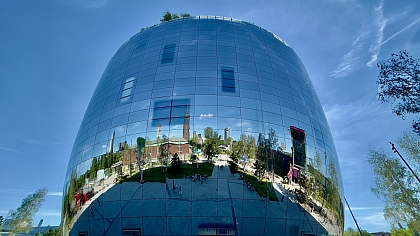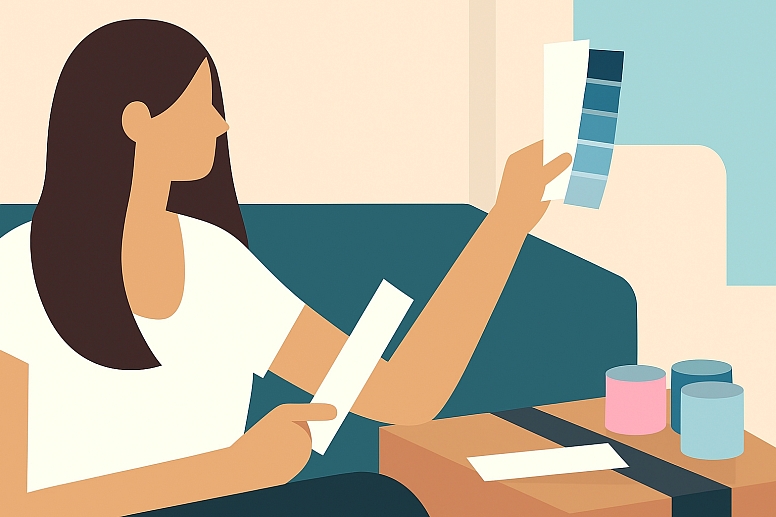
The Psychology of Color in Residential Spaces
Have you ever entered a room and immediately felt a sense of calm or a surge of energy without knowing why? Revolutionary discoveries reveal that the colors surrounding us can alter our mood, productivity, and overall well-being within minutes. The psychology of color extends far beyond aesthetic preferences, influencing everything from sleep quality to social interactions in our homes.
Understanding these powerful psychological triggers transforms color selection from guesswork into strategic, science-backed decision-making that can dramatically improve your daily living experience.
Scientific Foundations of Color Psychology in Interior Design
Understanding color's impact on our minds requires examining the neurological evidence behind these powerful psychological responses. Modern research reveals fascinating connections between color exposure and measurable changes in brain activity, hormone levels, and emotional states.
Neurological Responses to Color in Living Spaces
Colors trigger immediate neurological responses that can be measured through brain imaging and hormone testing. Exposure to natural light increases serotonin levels, which helps reduce anxiety and depression. Blue wavelengths specifically activate areas of the brain associated with calmness and focus, while red wavelengths stimulate arousal and alertness.
Research shows that cortisol levels drop significantly when people spend time in rooms painted with soft, cool tones. These measurable changes occur within 15-20 minutes of exposure, demonstrating color's immediate psychological power.
Color Theory in Design
Traditional color wheels only scratch the surface of how colors affect human psychology. Advanced color harmony systems consider psychological temperature effects, where warm colors increase perceived room temperature by 3-4 degrees, while cool colors create the opposite sensation.
Cultural neuroscience reveals that color perception varies dramatically across different backgrounds. What appears calming to one person might feel unsettling to another based on their cultural experiences and personal associations. This complexity makes understanding color theory in design essential for creating truly effective residential spaces.
Choosing the right color palette for your living space isn't just about aesthetics, it’s about enhancing mood and energy flow throughout your home. For homeowners seeking expertly curated color schemes that align with emotional well-being, Bear Mountain Custom Painting offers personalized solutions that combine design expertise with the psychological impact of color, ensuring every room feels just right.
Room-by-Room Color Psychology Applications
Different rooms serve distinct psychological functions, requiring tailored color strategies to maximize their emotional benefits. Each space in your home can be optimized through strategic color selection that aligns with its primary purpose.
Bedroom Color Strategies for Optimal Sleep
Bedrooms should prioritize colors that support natural circadian rhythms and promote deep, restorative sleep. Soft blues and sage greens have been scientifically proven to lower heart rate and blood pressure, creating ideal conditions for rest.
When it comes to making bedroom color decisions that support both aesthetic desires and psychological comfort for all members of the household, many couples find success with neutral base colors like warm grays or soft beiges, then adding personalized accent colors through bedding and artwork. This approach allows individual expression while maintaining sleep-supportive harmony.
Kitchen and Living Areas for Social Connection
Kitchen colors significantly influence appetite and social interaction patterns. Warm yellows and soft oranges naturally stimulate conversation and encourage family bonding during meal preparation and dining experiences.
Living rooms require versatile color schemes that can adapt from energizing daytime activities to relaxing evening gatherings. Earth tones with strategic accent colors create spaces that feel welcoming throughout the day. The emotional impact of colors becomes particularly important in these multi-functional areas where families spend most of their time together.
Advanced Color Psychology Concepts for Modern Homes
Contemporary color psychology extends beyond traditional approaches, incorporating cutting-edge research about nature connection and smart home integration. These advanced concepts offer unprecedented opportunities for psychological optimization.
Biophilic Color Integration with Natural Elements
Nature-inspired color palettes tap into our inherent connection with the natural world, reducing stress hormones and promoting mental clarity. Forest greens paired with stone greys create indoor environments that evoke the serenity of the outdoors.
Seasonal color adaptation strategies allow homeowners to adjust their psychological environment throughout the year. Warmer accent colors during winter months can counteract seasonal mood changes, while cooler tones in summer create refreshing retreats from heat and humidity.
Digital Color Psychology in Smart Homes
Programmable LED systems now allow dynamic color adjustments based on circadian rhythm research. The implications of color research extend across domains such as marketing and therapy, where knowledge of how colors influence mood and well-being can shape more supportive environments and effective interventions.
AI-driven color adaptation responds to behavioral patterns, automatically adjusting hue and intensity based on activity levels and time of day. These systems can gradually shift from energizing morning colors to calming evening tones, supporting natural psychological transitions.
Practical Implementation Strategies
Successful color psychology implementation requires systematic testing and validation methods that ensure your choices deliver intended emotional benefits. These practical approaches help homeowners make confident color decisions.
Color Testing and Validation Methods
A DIY color psychology assessment involves observing your emotional responses to different colors over several days. Paint large swatches on walls and monitor mood changes, energy levels, and sleep quality to identify personally effective colors.
Family member preference integration requires compromise strategies that honor individual needs while maintaining overall harmony. Creating color preference maps for each household member reveals overlap areas that can guide primary color selection.
Professional Color Psychology Consultation Integration
Professional consultation becomes valuable when dealing with complex psychological needs or conflicting family preferences. Experienced specialists can identify residential color schemes that balance individual requirements with proven psychological principles.
Collaborative color selection processes involve ongoing communication between homeowners and professionals, ensuring that final choices reflect both scientific insights and personal preferences. This partnership approach typically yields the most satisfying long-term results.
Measuring and Maintaining Color Psychology Benefits
Tracking your home's psychological impact requires systematic monitoring and adjustment strategies that evolve with changing family needs. Regular assessment ensures continued color effectiveness over time.
Tracking the Emotional Impact of Colors
Mood monitoring techniques include keeping simple daily journals that note energy levels, stress indicators, and general well-being in different rooms. These records reveal patterns that guide future color adjustments and validate successful choices.
Family well-being assessment methods involve monthly check-ins where household members discuss how different spaces make them feel. Children often provide particularly honest feedback about which rooms feel comfortable or unsettling.
Seasonal Color Adaptation Strategies
Quarterly color accent modifications allow psychological fine-tuning without major renovation expenses. Switching throw pillows, artwork, and accessories can significantly shift a room's emotional tone while maintaining base color investments.
Climate-responsive color psychology applications consider how seasonal light changes affect color perception. Colors that feel perfect in summer might appear dull or harsh during winter months, requiring strategic accent adjustments.
Common Questions About Color Psychology in Homes
1. Can certain colors actually help reduce anxiety in my bedroom?
Research shows that soft blues, sage greens, and warm neutrals can significantly reduce cortisol levels and promote relaxation, with measurable anxiety reduction within 15-20 minutes.
2. Do color psychology effects work differently for men and women?
Studies indicate gender-based variations in color perception, with women generally showing higher sensitivity to subtle color variations and men responding more strongly to high-contrast combinations.
3. How quickly will you notice psychological changes after repainting a room?
Most people report initial mood shifts within 24-48 hours, with full psychological adaptation to new colors occurring within 2-3 weeks of consistent exposure.





